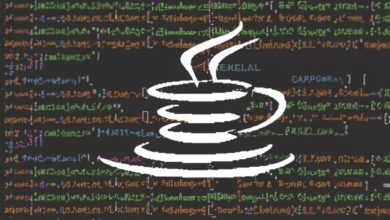
Java (programming language)
Java program to calculate inch to meters
Introduction
This guide will walk you through creating a Java program that effortlessly converts measurements in inches to their equivalent values in meters. We’ll explore the necessary steps, code structure, and key concepts involved in this conversion process.
Key Concepts
- Variables: We’ll use variables to store the input value in inches and the calculated result in meters.
- Data Types: We’ll choose appropriate data types for these variables, such as
doubleto accommodate decimal values. - Conversion Factor: The conversion factor between inches and meters is 0.0254 meters per inch.
- Arithmetic Operations: We’ll employ multiplication to perform the conversion.
- Output: The program will display the calculated value in meters.
Steps to Implement
- Create a Class:
Java
public class InchToMeterConverter {
// ...
}
- Write the
mainMethod:
Java
public static void main(String[] args) {
// ...
}
- Declare Variables:
Java
double inches, meters;
- Get Input from the User:
Java
System.out.print("Enter the value in inches: ");
inches = Double.parseDouble(System.console().readLine());
- Perform the Conversion:
Java
meters = inches * 0.0254;
- Display the Result:
Java
System.out.println(inches + " inches is equal to " + meters + " meters.");
Complete Example Code:
Java
public class InchToMeterConverter {
public static void main(String[] args) {
double inches, meters;
System.out.print("Enter the value in inches: ");
inches = Double.parseDouble(System.console().readLine());
meters = inches * 0.0254;
System.out.println(inches + " inches is equal to " + meters + " meters.");
}
}
Explanation
- The
Double.parseDouble()method converts the user’s input from a string to a double-precision floating-point number. - The multiplication operation (
*) performs the conversion from inches to meters using the conversion factor. - The
System.out.println()method displays the result of the conversion in a user-friendly format.
Key Points to Remember
- Ensure you import the
java.util.Scannerclass for user input. - Choose appropriate data types for variables based on the expected values.
- Use clear and concise variable names to enhance readability.
- Format output appropriately for clarity and visual appeal.




